The United States is home to diverse types of higher education institutions to fit every academic and career goal.
April 2023
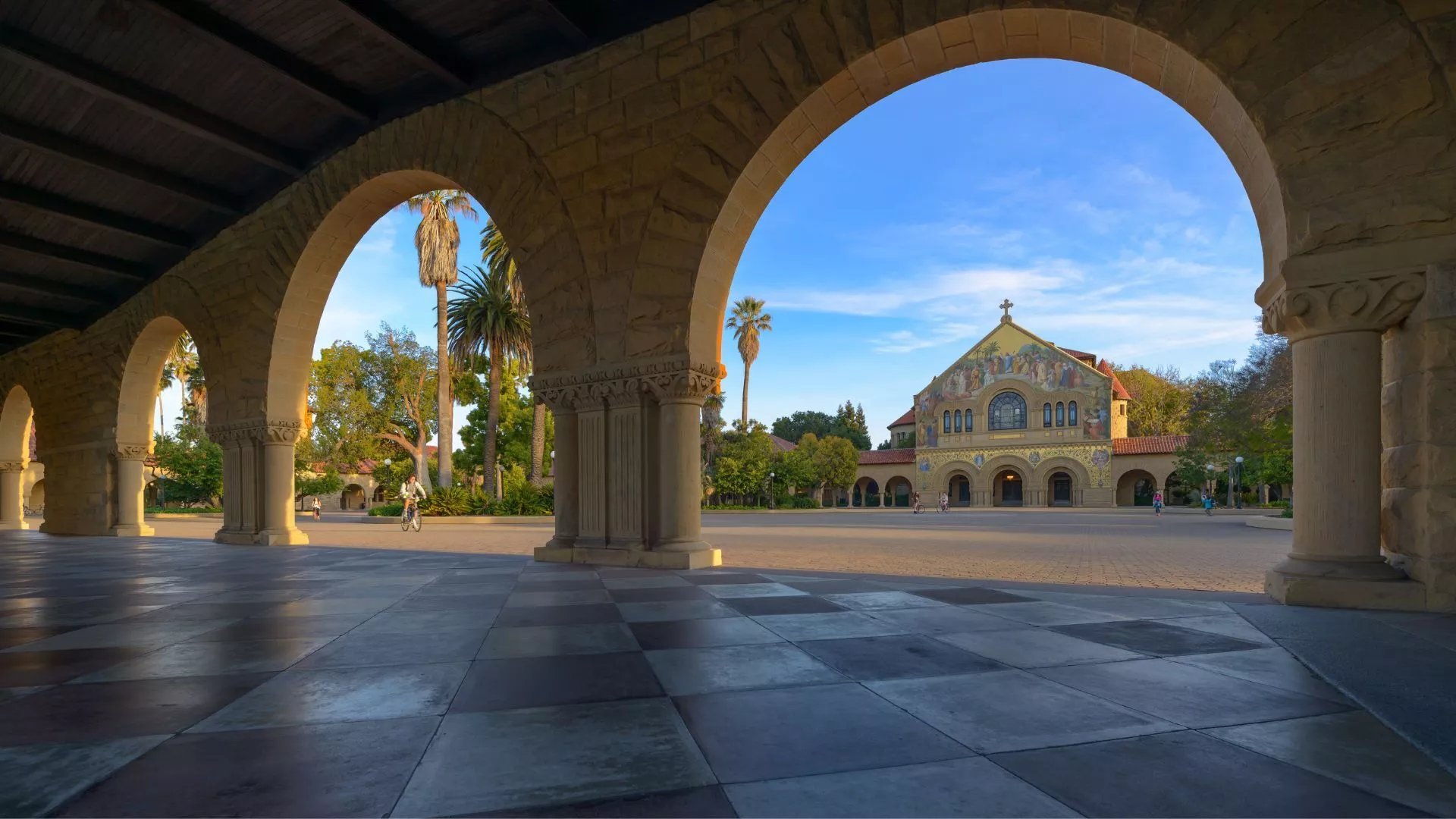
Stanford University, a private institution in California, has a 5:1 student-to-faculty ratio, with 7,761 undergraduate and 9,565 graduate students. (Photograph by Jawed/Courtesy Wikipedia)
One of the strengths of American higher education is the variety of universities and colleges. There are public and private institutions, very large and very small, secular and religiously affiliated institutions. There is also great diversity in settings–the institutions are based in urban, suburban or rural locations.
According to the U.S. Department of Education, there are 3,931 degree-granting higher education institutions in the United States. Public institutions have the largest enrolment rates since they tend to be larger than private institutions. Private schools are not funded by the government, but by donations, endowments and tuition payments. Nearly three quarters of private institutions are nonprofit.
The majority of colleges and universities offer four-year undergraduate degree programs. Universities also offer graduate and Ph.D. programs. Community colleges offer two-year programs, which are less theoretical and more career-oriented.
Public universities are managed and funded by the U.S. state in which they are located. Each of the 50 U.S. states has at least one public university. Often, they are a part of a larger state university system. The State University of New York system, for example, is made up of 64 different public institutions, from top research universities to colleges of technology to community colleges. Most of the biggest universities in the United States are public. The biggest—Texas A&M University—has enrolled more than 70,000 students every year since Fall 2020. Students from the state where the university is located pay a lower tuition than students from other U.S. states or other countries.

A public research university, University of California, Los Angeles, offers degrees and doctoral programs to 31,600 undergraduate students and 14,300 graduate and professional students. (Photograph by Patricia Marroquin/UCLA)
Private universities are generally smaller than public universities, often with smaller classes, and tend to be more expensive. Some of the most well-known universities in the United States, like Harvard, Yale, and Princeton, are in this category. In addition to receiving donations and student tuition payments, these institutions have endowments—fortunes that are carefully invested and produce interest income for the university every year.
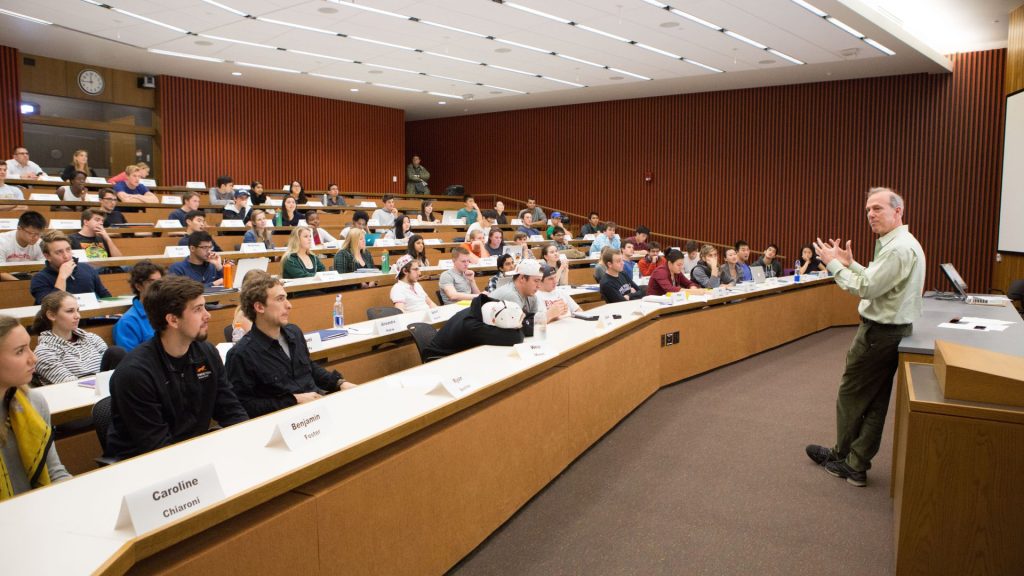
The central campus of Princeton University, a private research university in New Jersey, consists of approximately 9.5 million square feet of space in more than 200 buildings. (Photograph courtesy Princeton University, Office of Communications)
Liberal arts colleges are private, nonprofit and offer programs in the humanities, sciences and social sciences. They have smaller classes and typically focus on providing a well-rounded undergraduate education leading to a bachelor’s degree, rather than carrying out research.
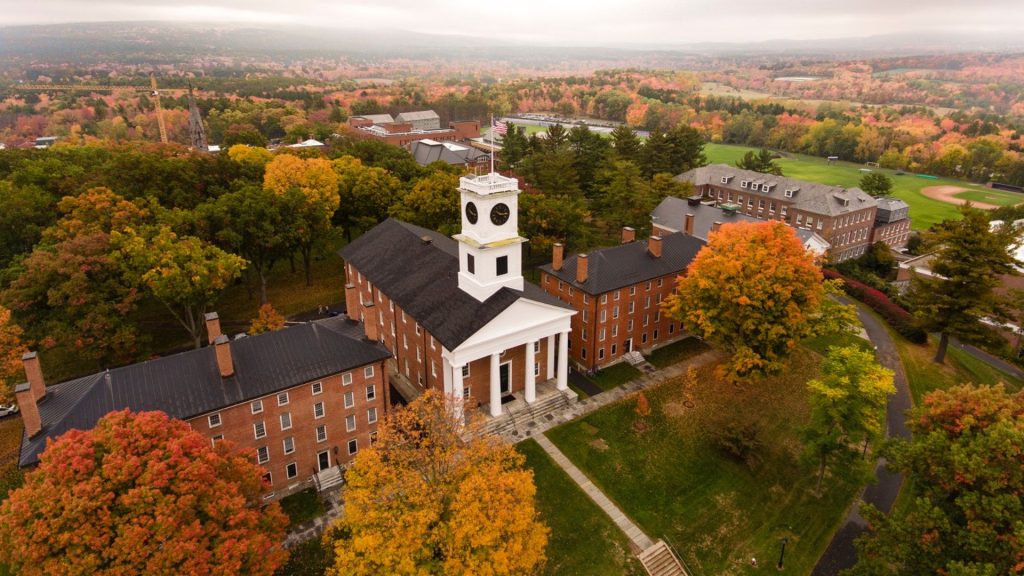
Amherst College in Massachusetts, a private liberal arts college, offers small classes, an open curriculum and focuses on undergraduate education. (Photograph courtesy Amherst College)
Community colleges mostly offer two-year associate degree programs. They also offer the least expensive form of post-secondary education. Some students do a two-year degree to prepare for a lower-to-mid-level job in a particular field. Many others attend a community college as a stepping stone to transfer to a four-year college to earn a bachelor’s degree.
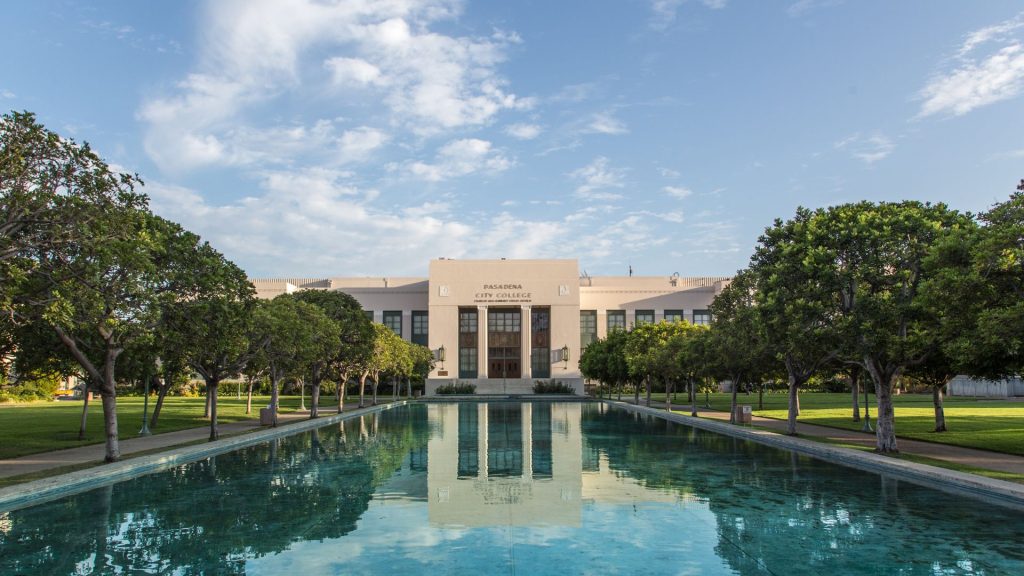
Pasadena City College in California offers degrees, transfer programs and certificates in science and math, liberal arts, music and art, athletics, nursing and vocational arts. (Photograph by Richshell Allen/Pasadena City College)
Vocational-technical and career professional schools offer specialized training in various industries or careers. The training, which usually results in a two-year associate degree or a shorter certificate, is the most practical and the least academic of all forms of higher education. Study programs cover a wide range of specialties at different schools, including areas like culinary arts, firefighting, fashion design, construction skills, dental hygiene and medical-records keeping. These schools can be public or private. The sector includes a considerable number of for-profit private schools.
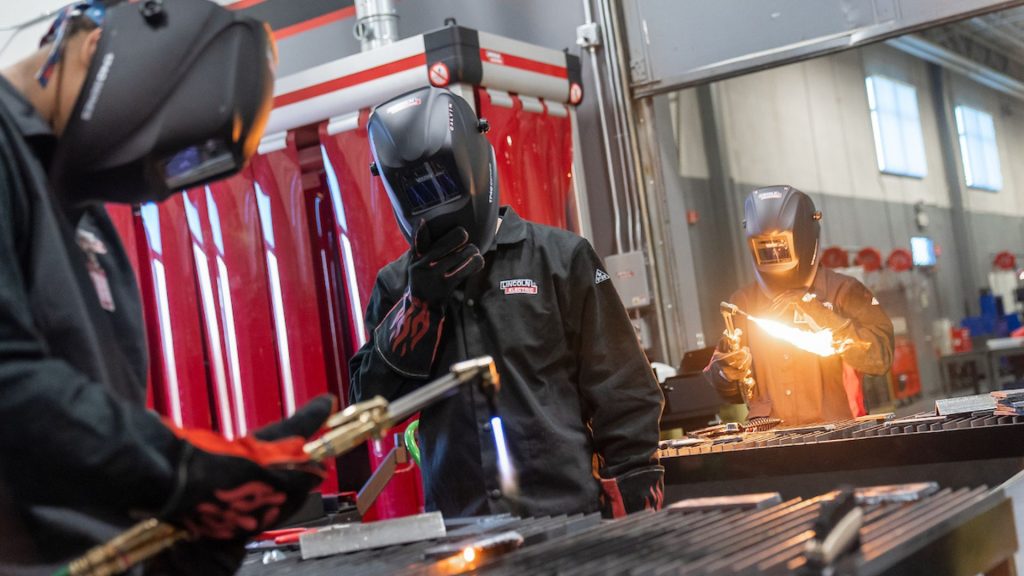
Universal Technical Institute, which has a number of individual schools, provides training for in-demand careers in transportation, skilled trades and healthcare education programs. (Photograph courtesy Universal Technical Institute)
Arts college and conservatories focus on the arts. In addition to coursework, they generally include intensive practical experience in the school’s area of focus, such as playing music, producing visual art, theater or photography. Most of these colleges offer associate or bachelor’s degrees in the fine arts or a specialized field. They often educate young people who will move into the top ranks of their field, such as symphony orchestras and professional theaters.
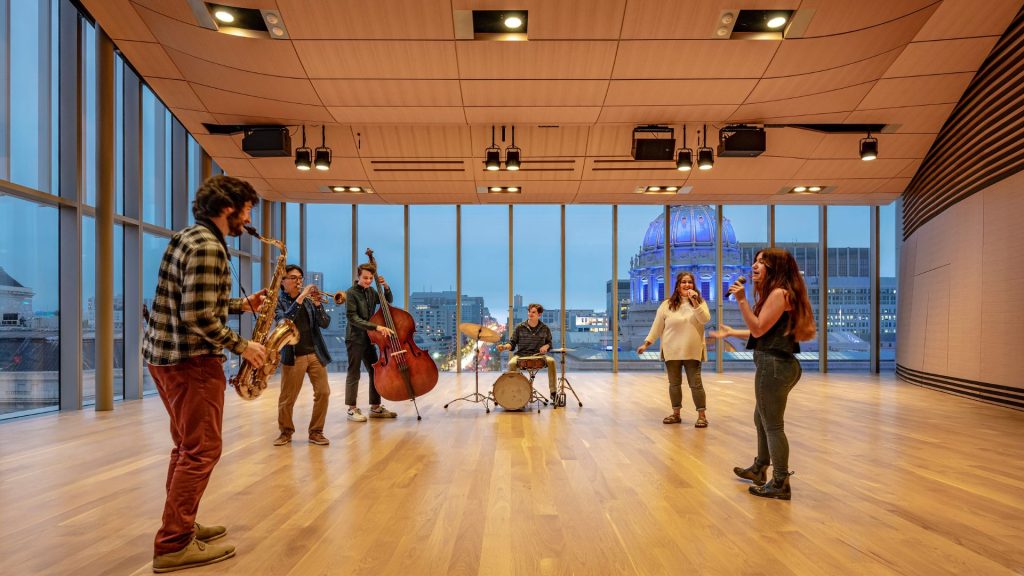
The San Francisco Conservatory of Music, a private institution in California, offers bachelor’s and master’s degree programs in composition and instrumental and vocal performance. (Photograph courtesy San Francisco Conservatory of Music)
Burton Bollag is a freelance journalist living in Washington, D.C.
COMMENTS